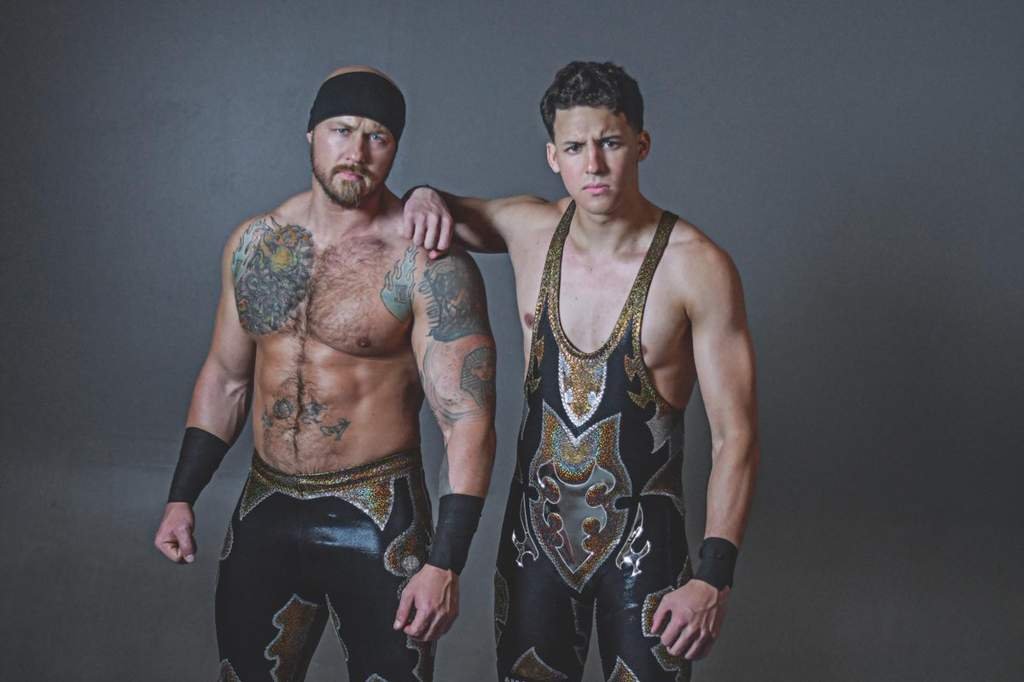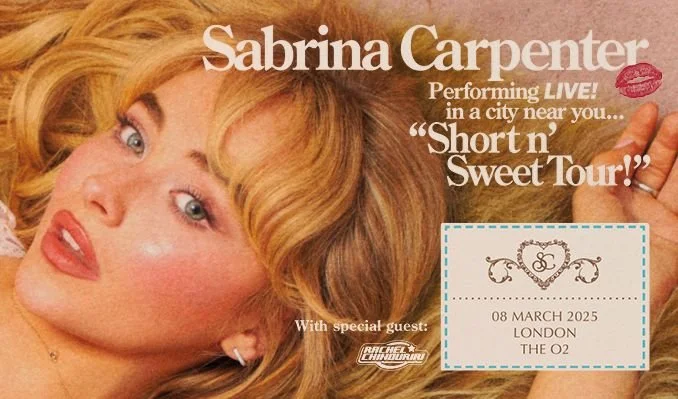WWE's Drew McIntyre Understands the Fight and Serial Television

WWE Superstar Drew McIntyre, courtesy of World Wrestling Entertainment Inc.
The WWE Superstar in the main event when “Monday Night Raw” returned to New Orleans talks about throwing hands, developing characters, and reaching broader audiences.
On January 22, Monday Night Raw returned to the Smoothie King Center and attracted the hottest crowd I’ve seen in New Orleans for a regular, weekly WWE show. The heat Dominic Mysterio gets in person doesn’t entirely make it through the TV, and the love for Rhea Ripley, Becky Lynch, Cody Rhodes and CM Punk was intense.
I previewed the show with an interview with WWE Superstar Drew McIntyre for NOLA.com. He main evented Monday night’s show in a hard-hitting match with Damien Priest, and in the interview he talked about his journey from wrestling in the Performance Center during COVID to his journey to the present day, where his character is one of the most nuanced in the WWE.
I left out parts of the interview that I liked in the interest of storytelling and space. Some passages required a cumbersome explanation if it was going to make sense to a general audience, while others were going the extra mile for extra details that were luxuries in the given real estate.
We talked in the story about working in the WWE Performance Center during the COVID days, and he mentioned that without an audience to help get the wrestlers’ adrenaline pumping, even basic things like talking and falling were hard. McIntyre went on:
When it comes to the strikes and application of holds, a few superstars had to tighten up their game because when there’s a live audience, a big arena and a lot of different camera cuts, you don’t have to be technically gifted or your strikes don’t have to be as hard as they should be in my opinion. You’re grown adults. You can take a hit and give a hit.
Some people had to tighten up their game, which was great for people like me and Sheamus and [Bobby] Lashley and Brock Lesnar and the like because we love to fight. (Laughs)
McIntyre thought that was important because strikes more than top rope moves connection with audiences. “Getting punched and punching someone is an emotional reaction because people can understand that because they’ve been through it themselves,” he said..
We talked about changes in the product since Paul Levesque—HHH—became Chief Creative Office, and how his story became more complex as McIntyre is clearly a good guy in his mind, but he keeps getting sideways with other good guys. He refers to his character in the third person and asks:
Is he good? Is he bad? I’m neither; I’m just me. We’re telling the story of the journey of McIntyre, and people are going to get to feel that on the journey because the journey’s never-ending. Like I said, we’re on 52 weeks a year, and the Bloodline proves that it works if it’s done well.
That consciousness of his work as part of a television program is interesting, and it’s part of his tepid defense of his work during the end of Vince McMahon’s time in WWE Creative. During that time, McIntyre feuded with Happy Corbin and Madcap Moss, who stole Abigail, his claymore. The program with a couple of mid-card guys didn’t feel like the best use of McIntyre’s talents, and the motivation seemed like something that could be cleaned up by WWE security.
McIntyre didn’t work too hard defending the program, saying, “We named the sword after my late mother, so there’s that connection, and I do remind myself at times that the majority of our audience is kids, and they see a giant guy with a kilt and a sword that shoots fire and think That’s so cool.
That’s something that appeals to them, Man I hope Drew gets his sword back, but we have the adults and the hardcore fans thinking, Man, this is a bit silly.
Creator of My Spilt Milk and its spin-off Christmas music website and podcast, TwelveSongsOfChristmas.com.






